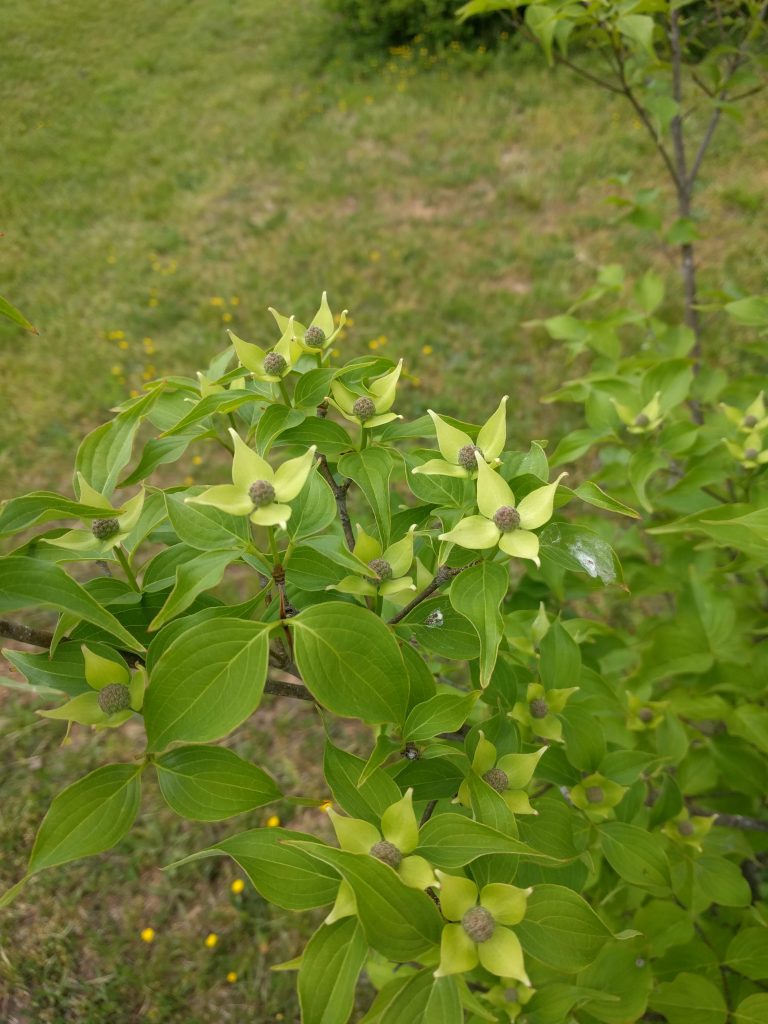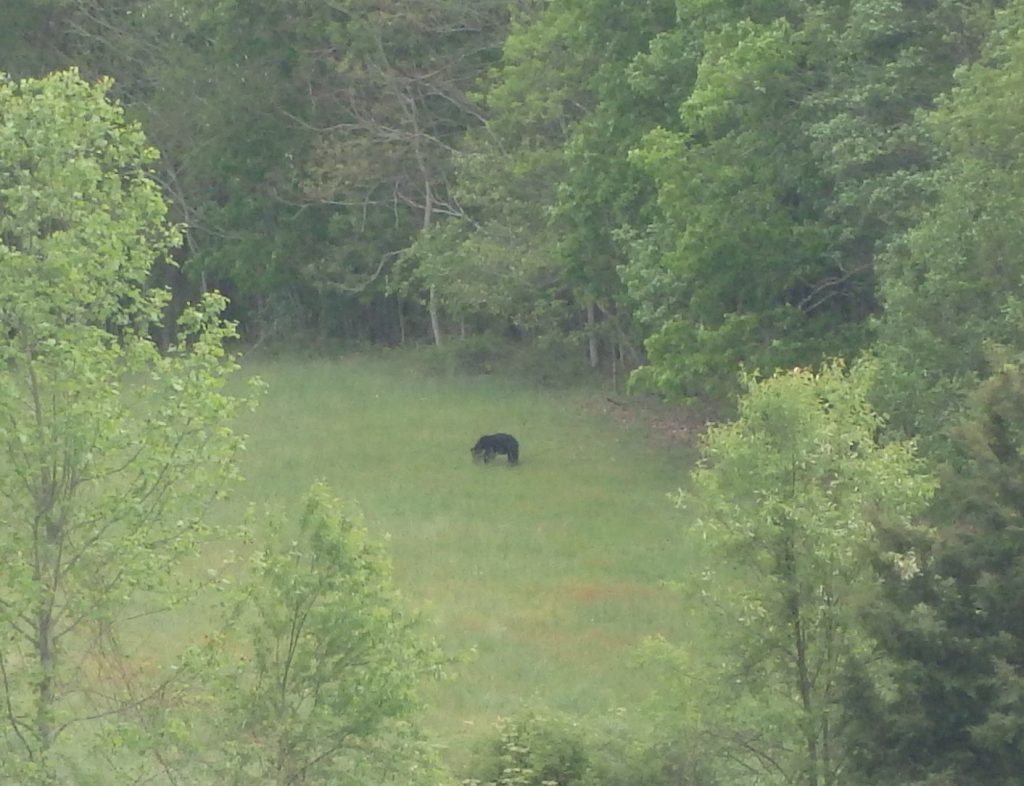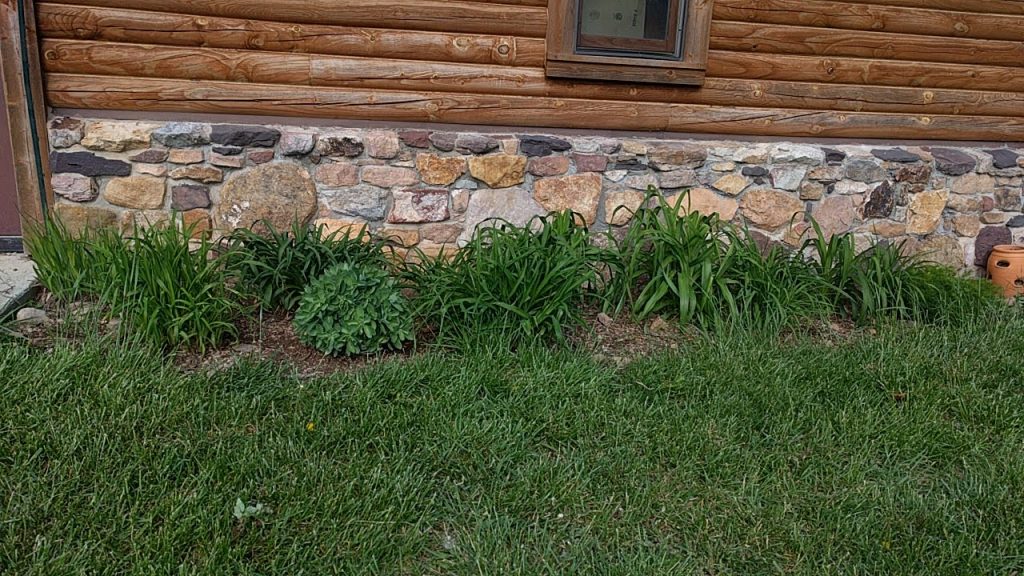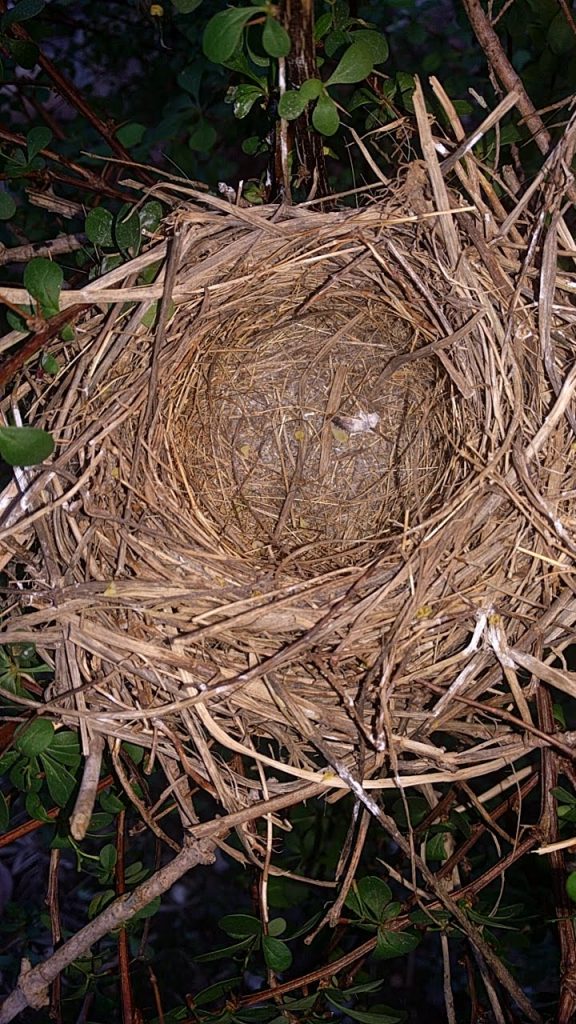Monday, the hens all seemed to disappear. The day was warm and usually they are hanging out in front of the house or in the back garden, but not one to be seen. Upon investigation, I found this.

A lovely but lethal Cooper’s Hawk in the run with a dead Buff Orpington hen that was at least twice as large as the hawk. The hawk had managed to get in through the partially opened gate as the run is covered. It must have followed the hen in as it was chasing it. Once in and fed, it couldn’t figure out how to get out. It has been there a while as the hen was already cold. There was no way I was going in the low netted run to try to chase it out and my efforts to frighten it out by moving around the outside of the run to force it back near the gate were agitating it to try to fly up and into the fence repeatedly. Once it found it’s way out, it flew only a couple of feet and sat on the grass. When I approached from behind, it flew a few more feet to the top of the wood pile and sat until with me arms waving and shouting, it flew across the yard to a huge maple tree and sat to recover. Five of the remaining hens were in the coop very afraid, the other five remaining hens were no where to be found. I searched all of their usual hiding places and thickets, but could not find any of them.
The hen that lost the battle was removed from the run for disposal and the wait began to see if the others would return. It was raining hard by late afternoon and still no hens. By dusk, the missing 5 reappeared and were lured into the enclosed run and locked in with the 5 that had been hiding out in the coop.
Yesterday they remained in their run with the gate closed, and unless I took scratch or scraps out to them, wouldn’t even leave the coop. I don’t like keeping them confined in the small enclosed run because when they are penned up, one becomes an egg eater. That behavior doesn’t seem to happen when they can free range. This poses the dilemma of risking more egg loss by egg eating or egg loss by losing hens to the hawk.
I always thought it was the Red tailed hawks that were getting my hens, 3 this winter, but research indicated that they rarely attack poultry, but the smaller Cooper seems to have a propensity to catch and kill a chicken. My flock is down to 10.






